Growing Prevalence of Respiratory Disorders
The Wearable Pulse Oximeters Market is significantly influenced by the growing prevalence of respiratory disorders. Conditions such as chronic obstructive pulmonary disease (COPD) and asthma are becoming increasingly common, necessitating effective monitoring solutions. Wearable pulse oximeters provide a non-invasive method for patients to track their oxygen saturation levels, which is vital for managing these conditions. Recent statistics suggest that the incidence of respiratory diseases is on the rise, leading to a heightened demand for monitoring devices. This trend is likely to drive market growth, as healthcare providers and patients alike recognize the importance of continuous monitoring in managing respiratory health.
Rising Demand for Remote Patient Monitoring
The Wearable Pulse Oximeters Market is witnessing a growing demand for remote patient monitoring solutions. As healthcare systems evolve, there is an increasing emphasis on telehealth and remote monitoring to manage chronic conditions effectively. Wearable pulse oximeters play a crucial role in this paradigm shift, enabling patients to track their oxygen saturation levels from the comfort of their homes. According to recent data, the market for remote patient monitoring devices is projected to grow significantly, with wearable devices accounting for a substantial share. This trend is likely to be fueled by the need for continuous health monitoring, particularly among patients with respiratory diseases, thereby propelling the demand for wearable pulse oximeters.
Technological Innovations in Wearable Devices
The Wearable Pulse Oximeters Market is experiencing a surge in technological innovations, which are enhancing the functionality and user experience of these devices. Advancements in sensor technology, data analytics, and connectivity options are making pulse oximeters more accurate and user-friendly. For instance, the integration of Bluetooth and mobile applications allows users to monitor their oxygen levels in real-time and share data with healthcare providers. This trend is likely to drive market growth, as consumers increasingly seek devices that offer comprehensive health monitoring capabilities. Furthermore, the introduction of advanced algorithms for data interpretation is expected to improve the reliability of readings, thereby increasing consumer trust in wearable pulse oximeters.
Increased Health Consciousness Among Consumers
The Wearable Pulse Oximeters Market is benefiting from a notable increase in health consciousness among consumers. Individuals are becoming more proactive about their health, seeking tools that enable them to monitor vital signs and overall wellness. This shift in consumer behavior is driving the adoption of wearable pulse oximeters, as they provide essential data on oxygen levels, which is critical for maintaining health. Market data indicates that the demand for personal health monitoring devices has surged, with wearable technology being at the forefront. As consumers prioritize health and wellness, the market for wearable pulse oximeters is expected to expand, catering to a demographic that values self-monitoring and preventive healthcare.
Supportive Government Initiatives and Regulations
The Wearable Pulse Oximeters Market is also being shaped by supportive government initiatives and regulations aimed at promoting health technology. Governments are increasingly recognizing the importance of wearable health devices in improving patient outcomes and reducing healthcare costs. Initiatives that encourage the development and adoption of wearable pulse oximeters are likely to foster innovation and enhance market growth. Regulatory bodies are also establishing guidelines to ensure the safety and efficacy of these devices, which can boost consumer confidence. As a result, the market is expected to benefit from a favorable regulatory environment that supports the integration of wearable technology into everyday healthcare practices.


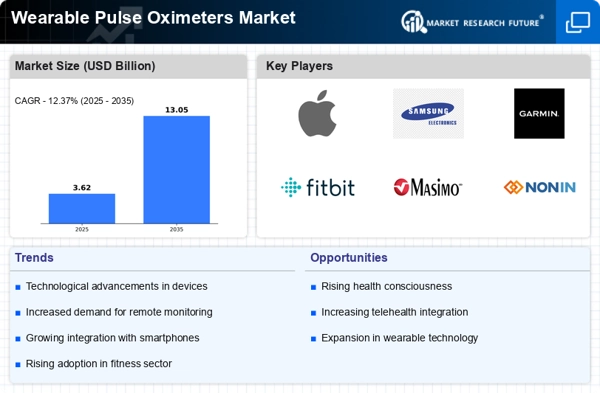
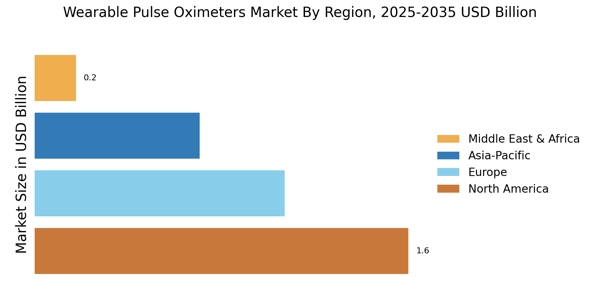

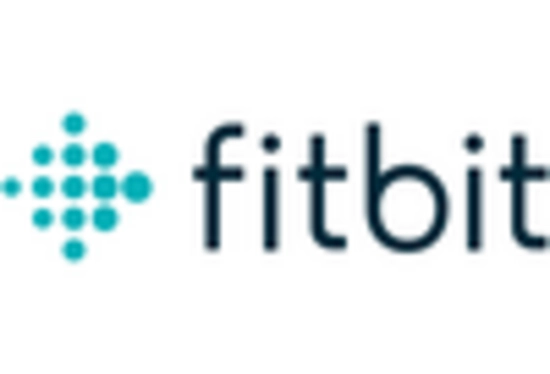
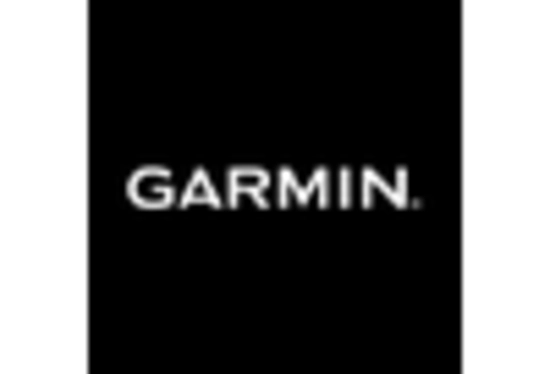

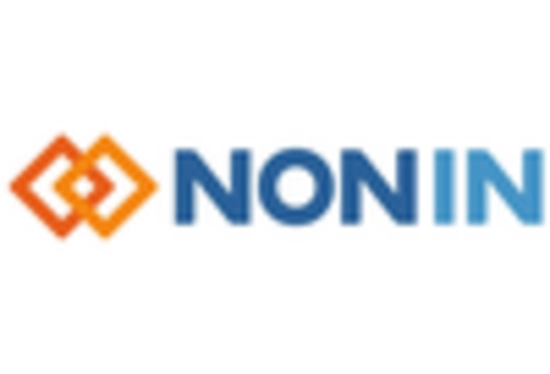









Leave a Comment